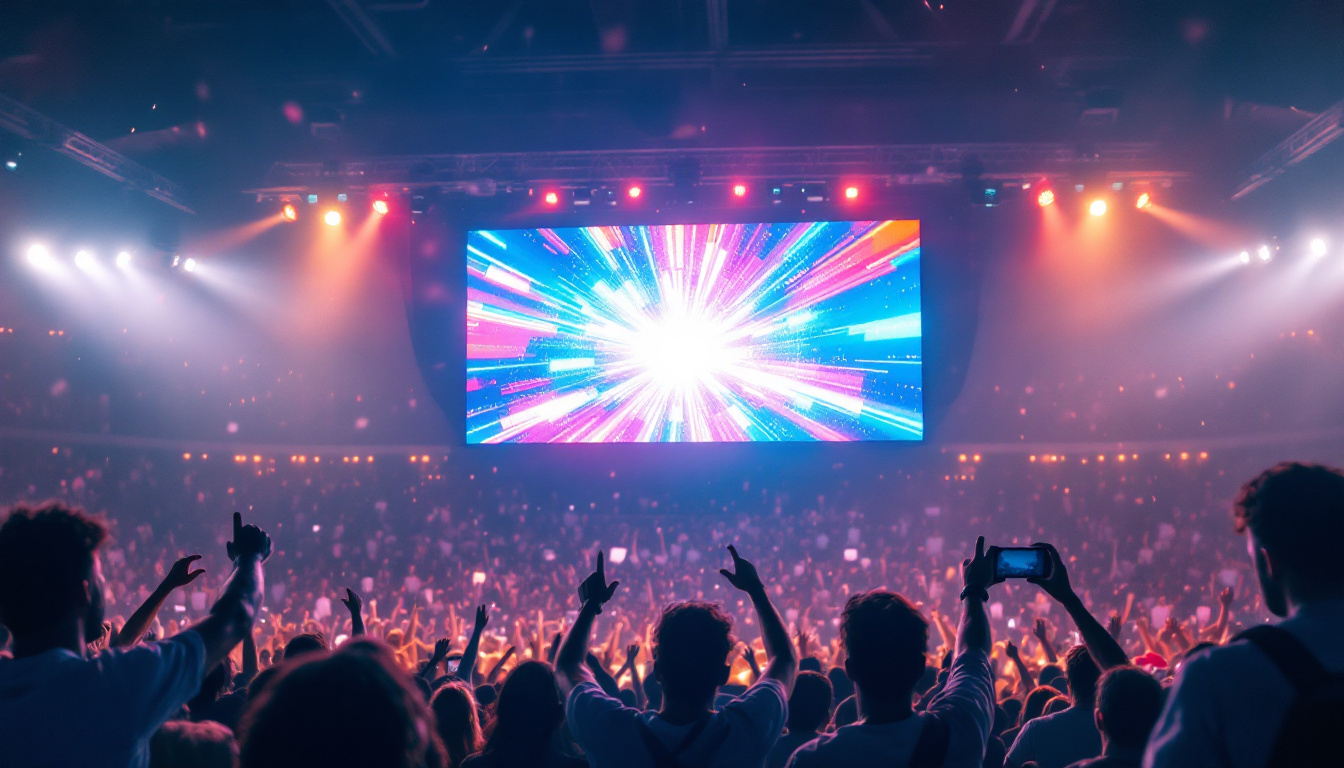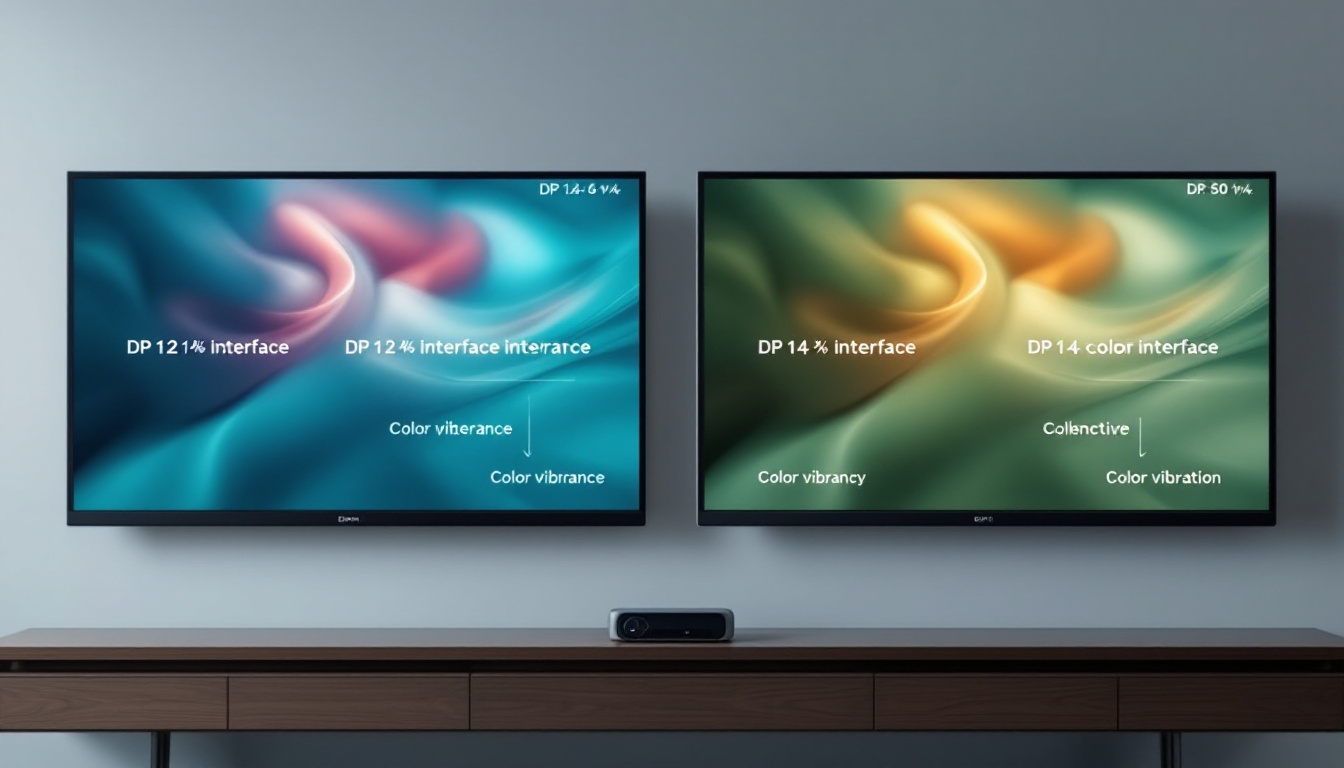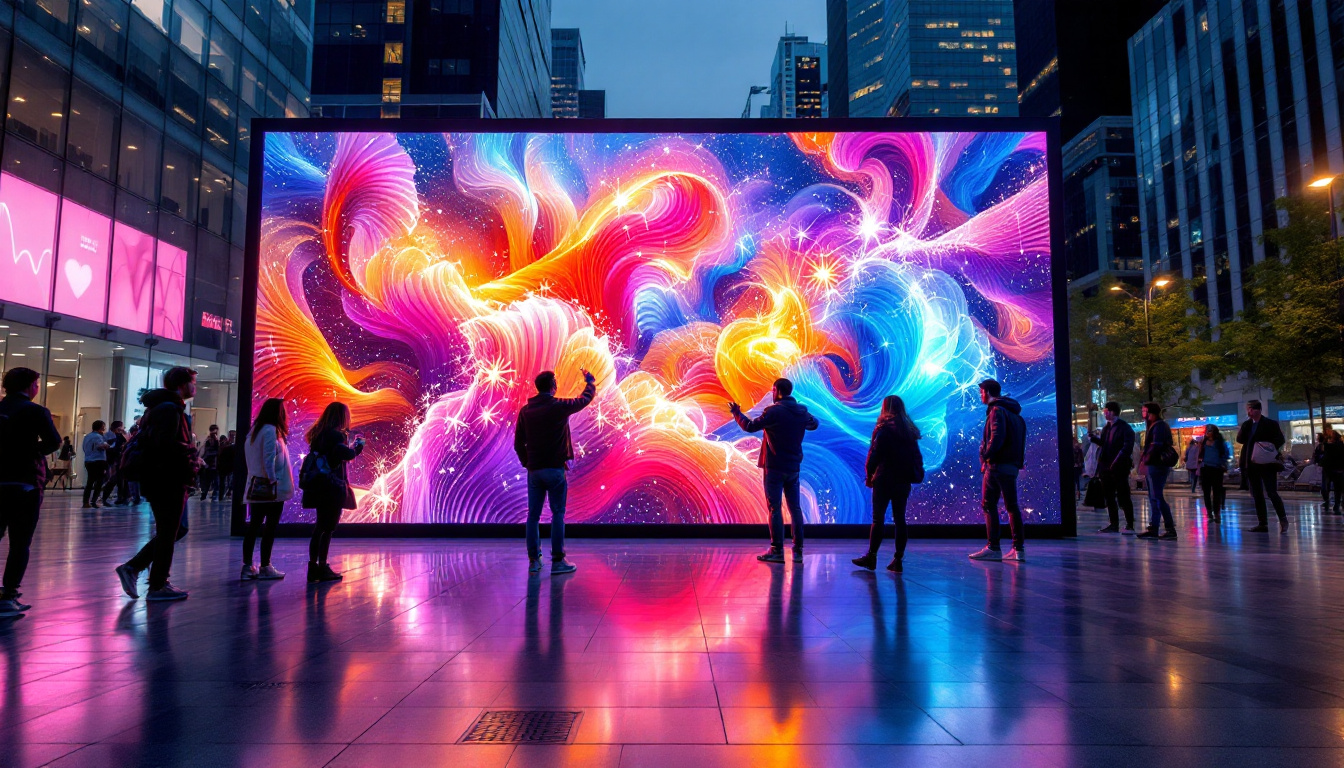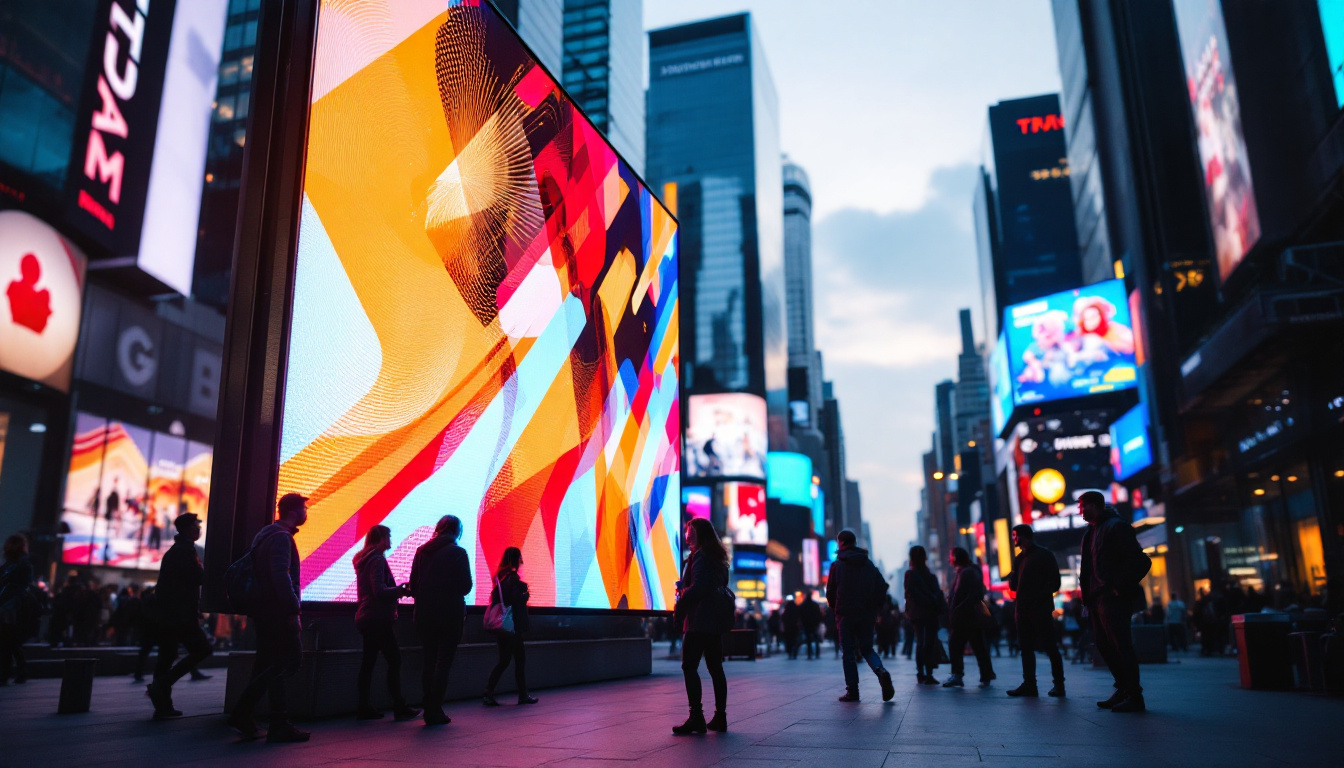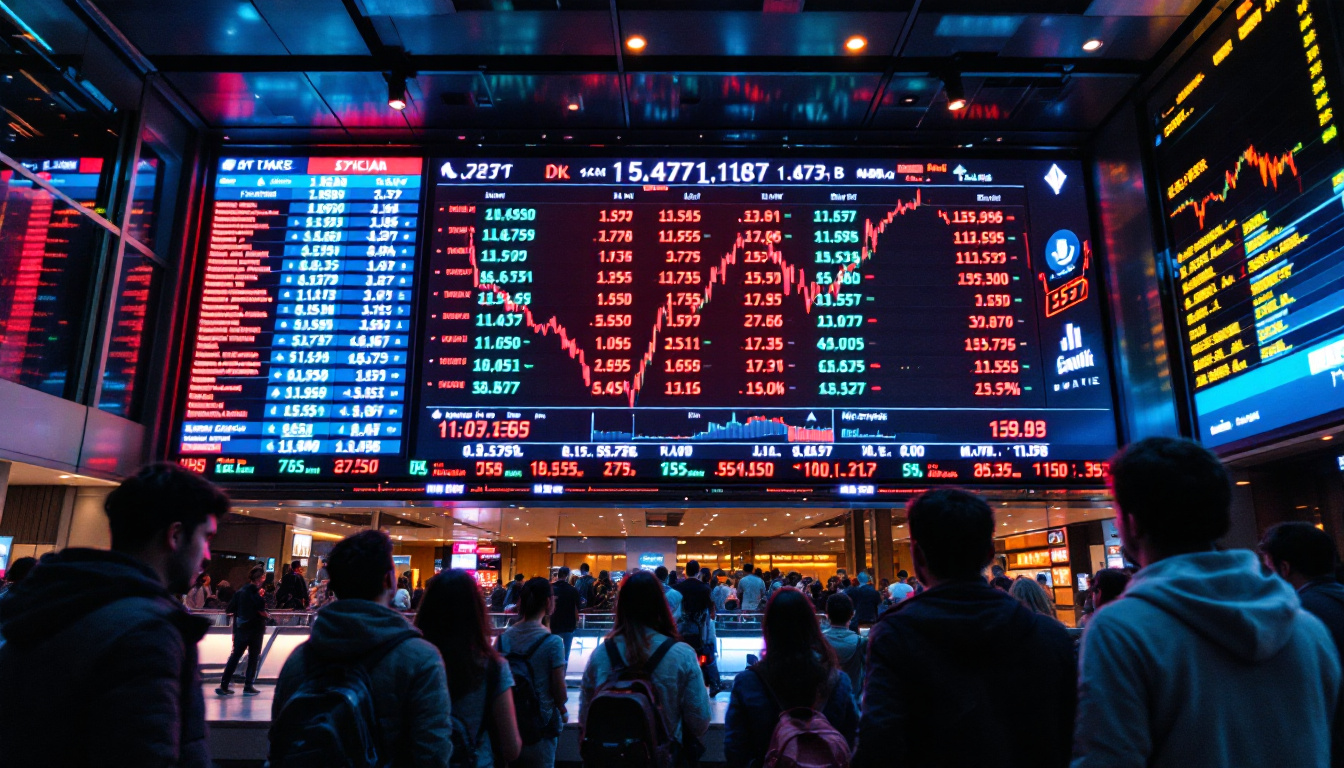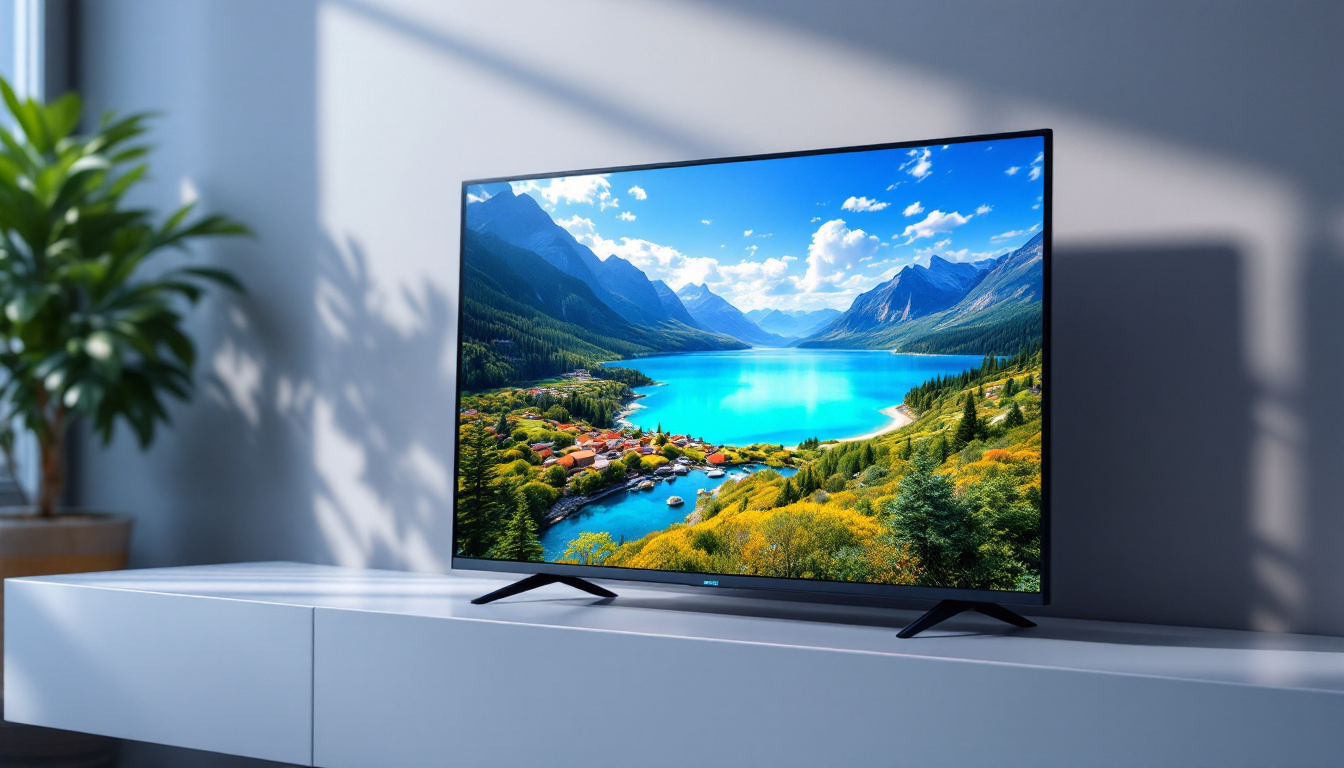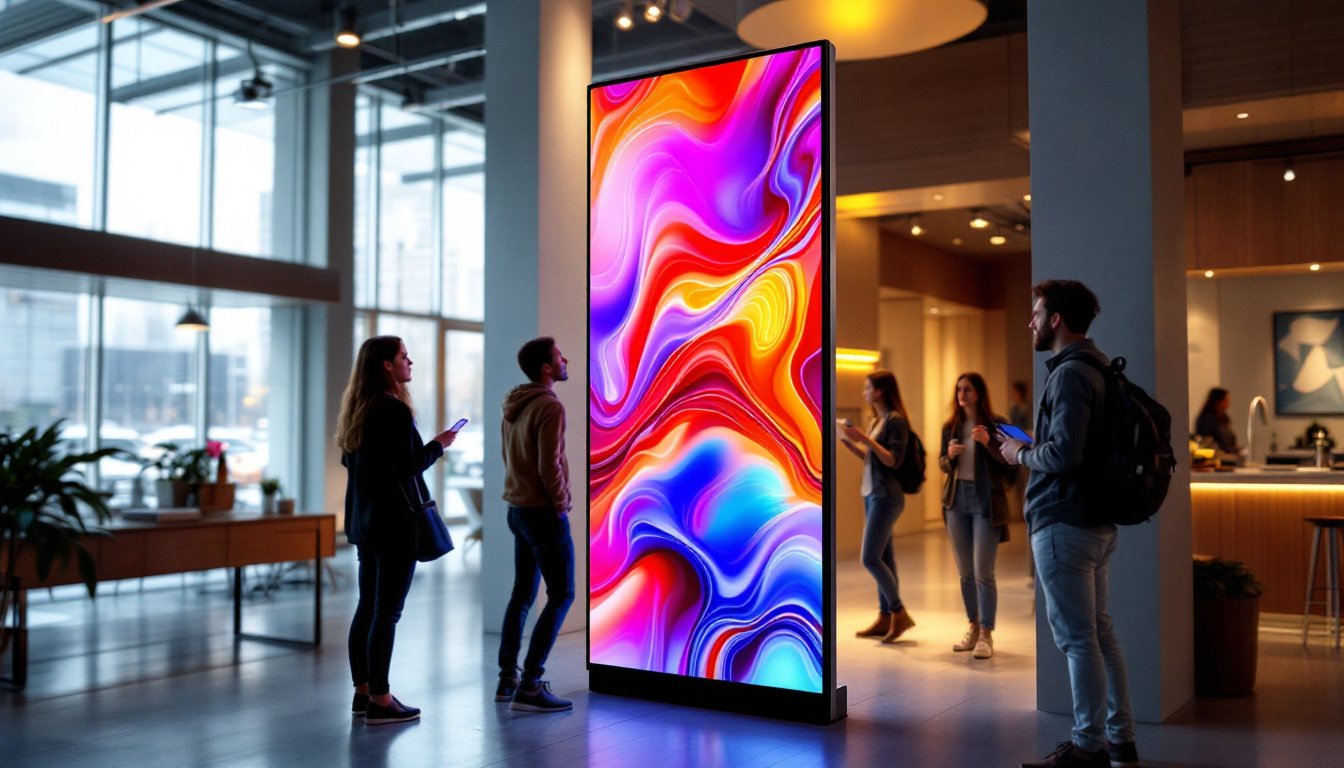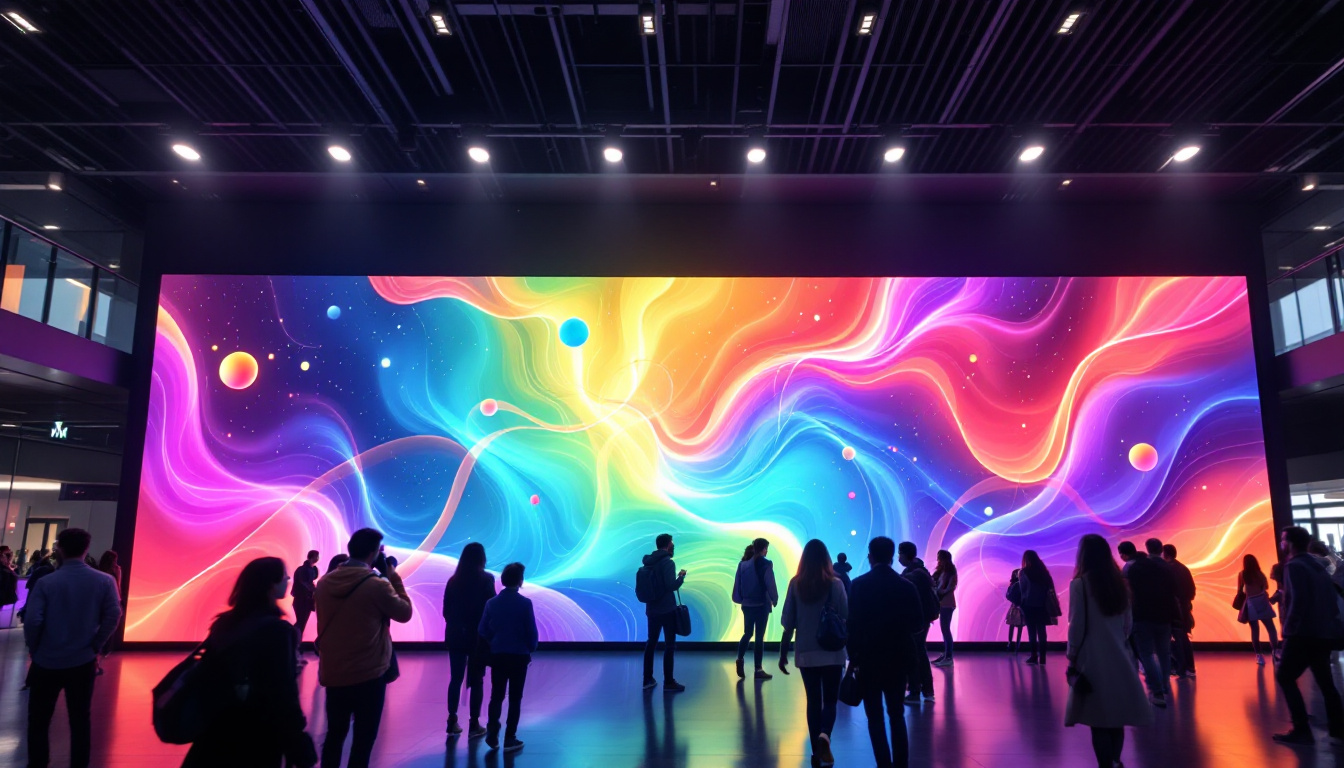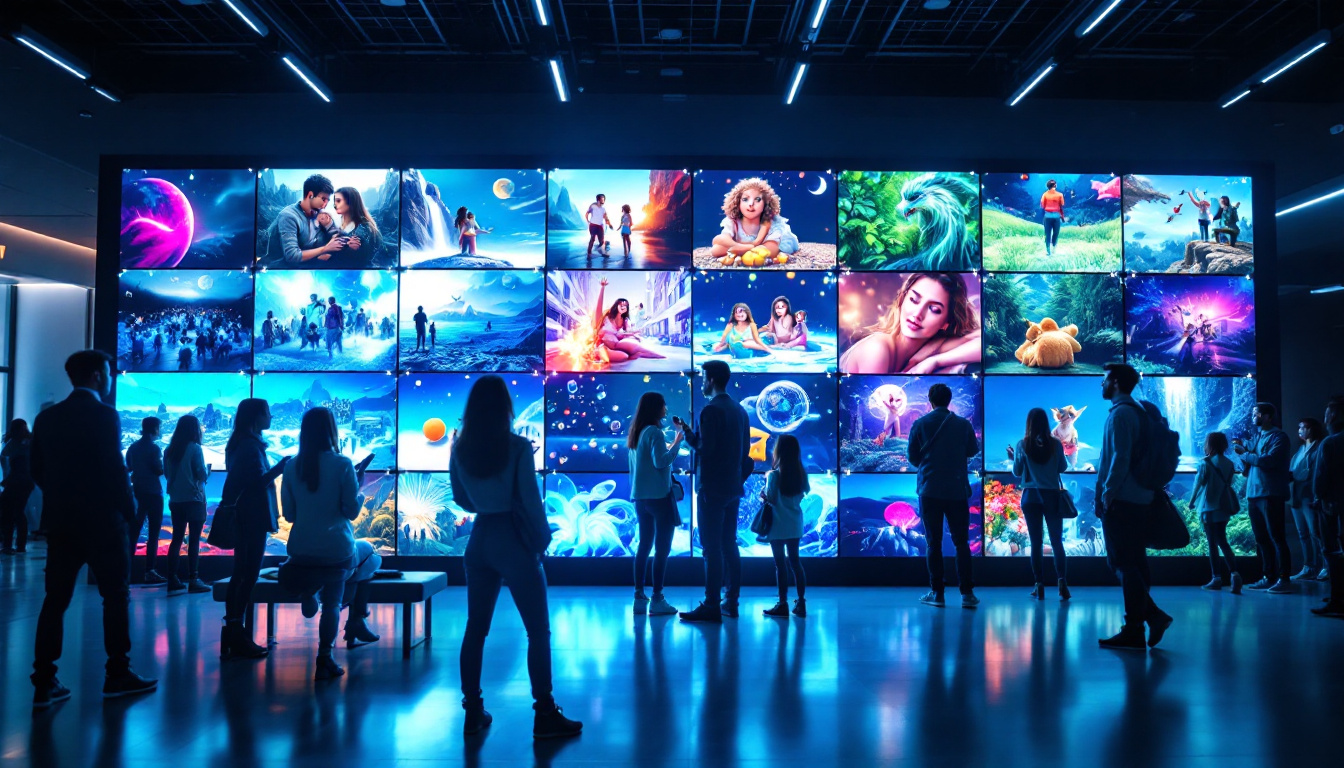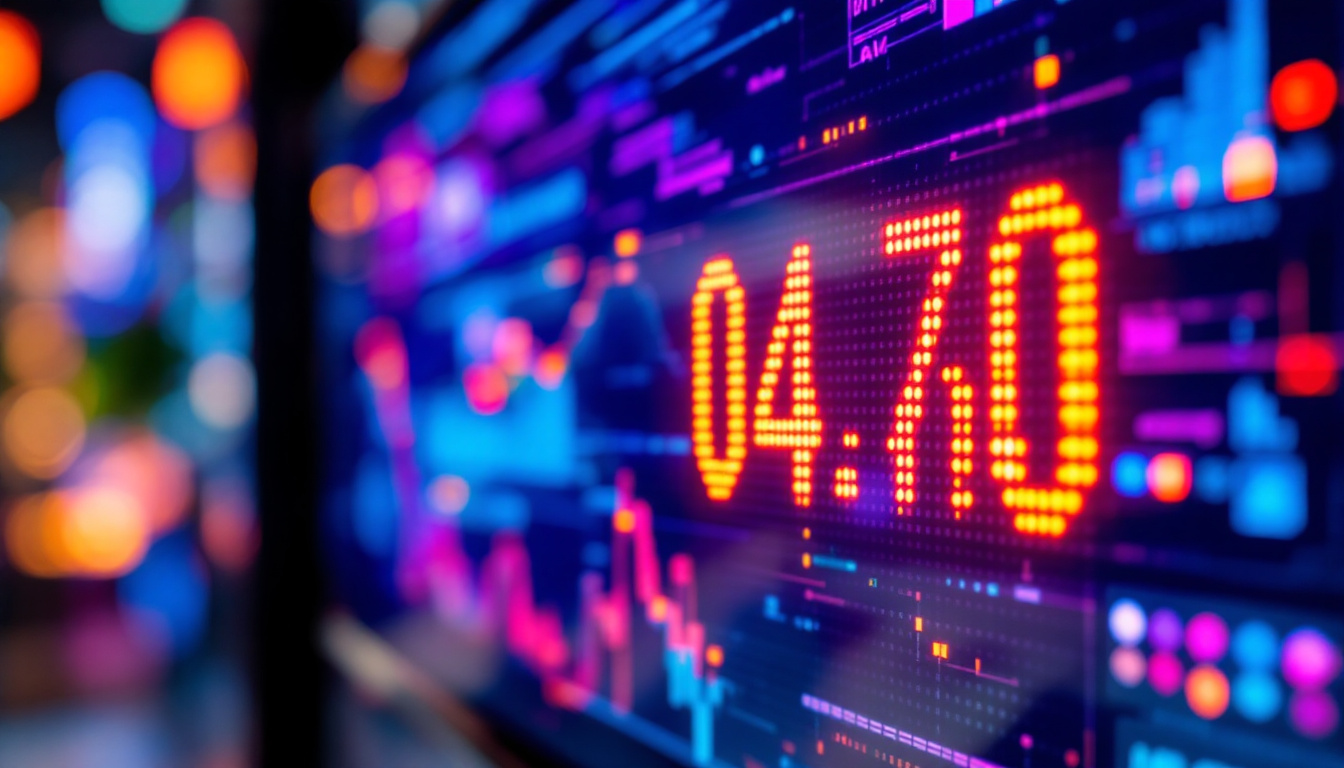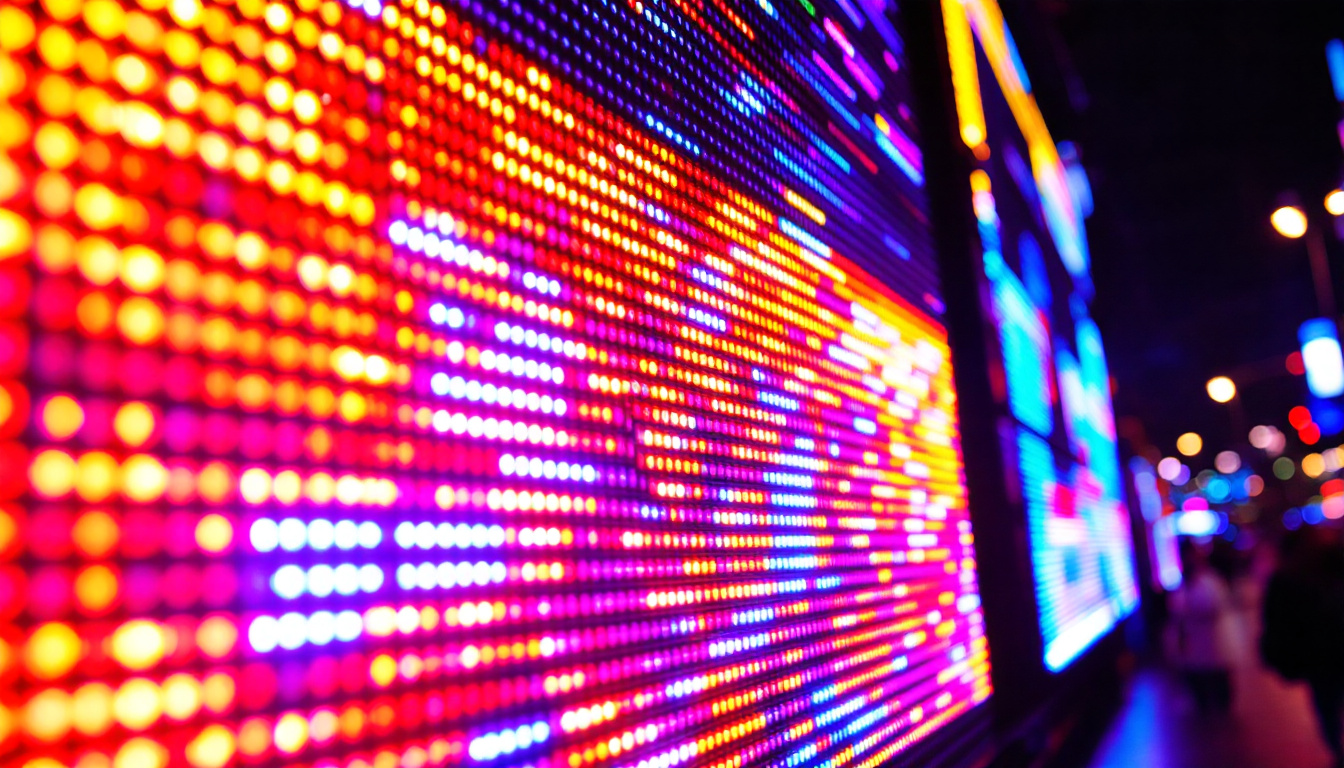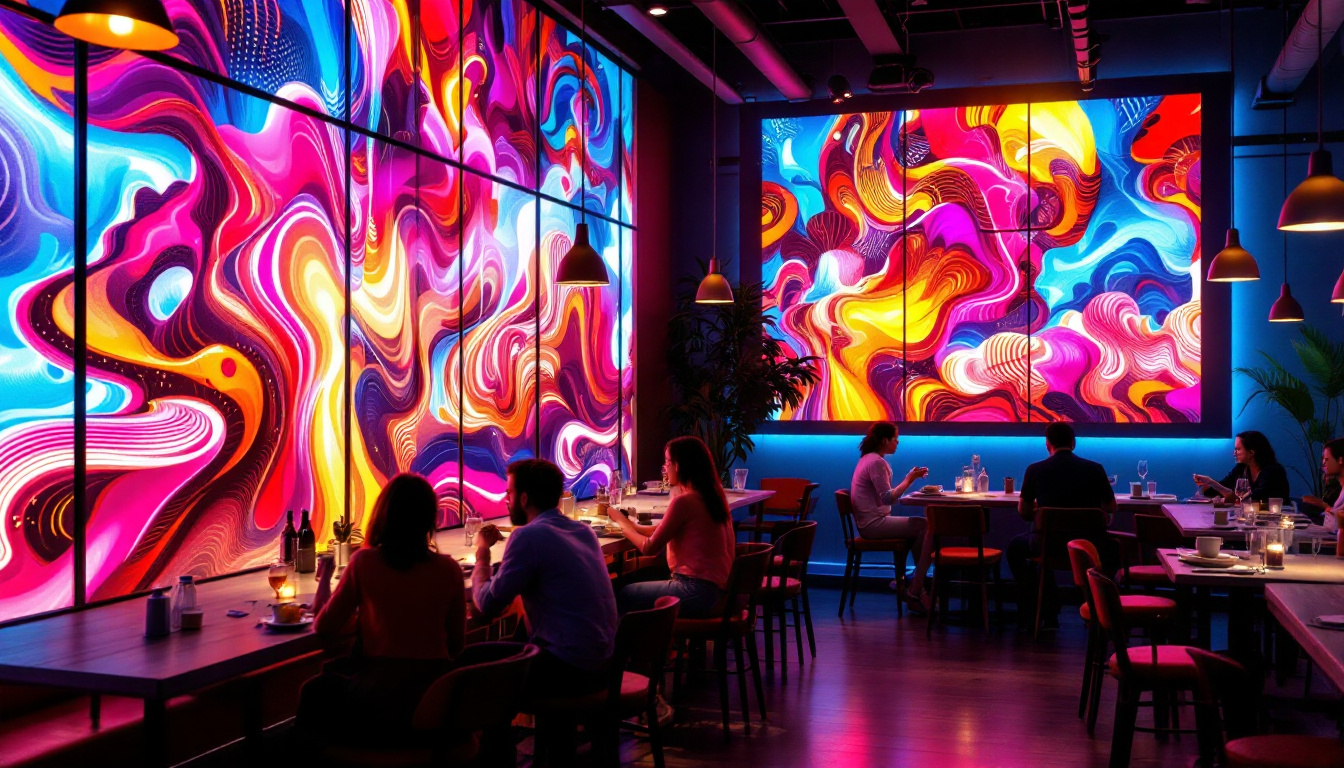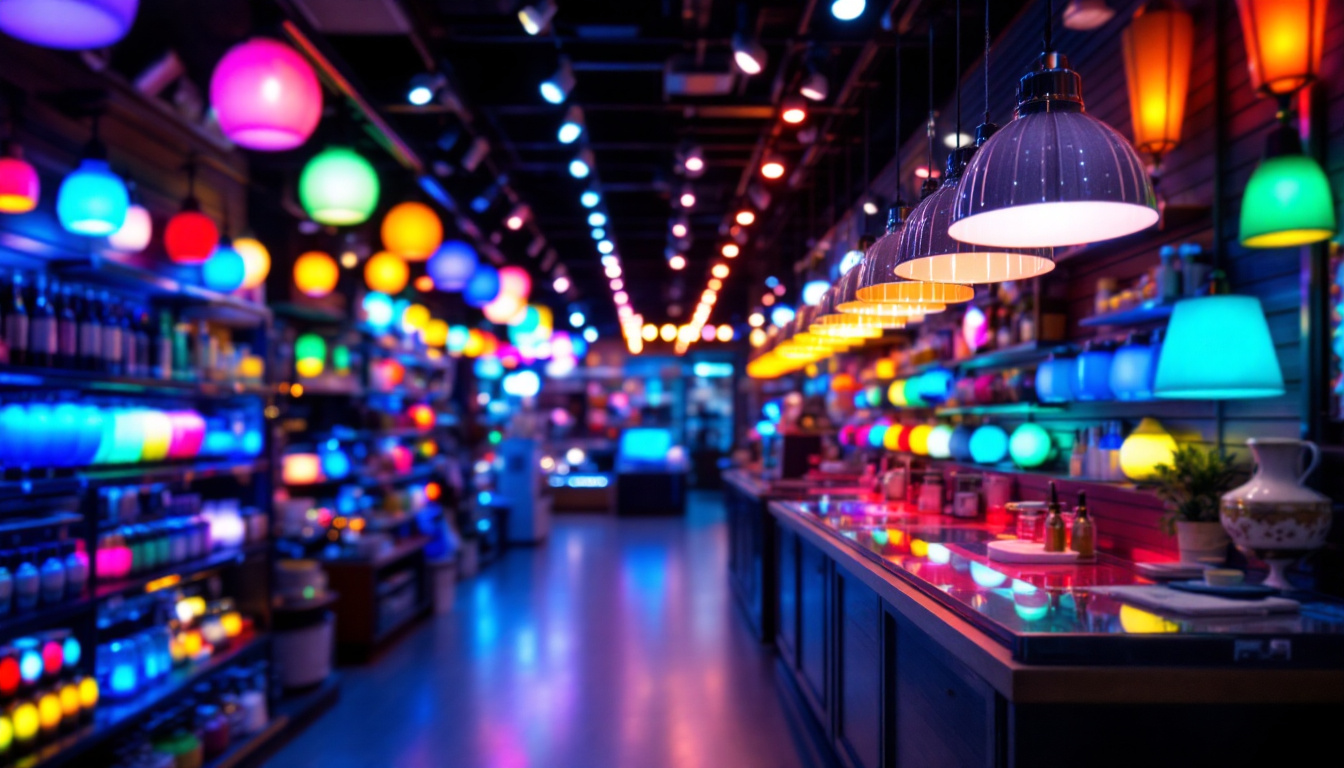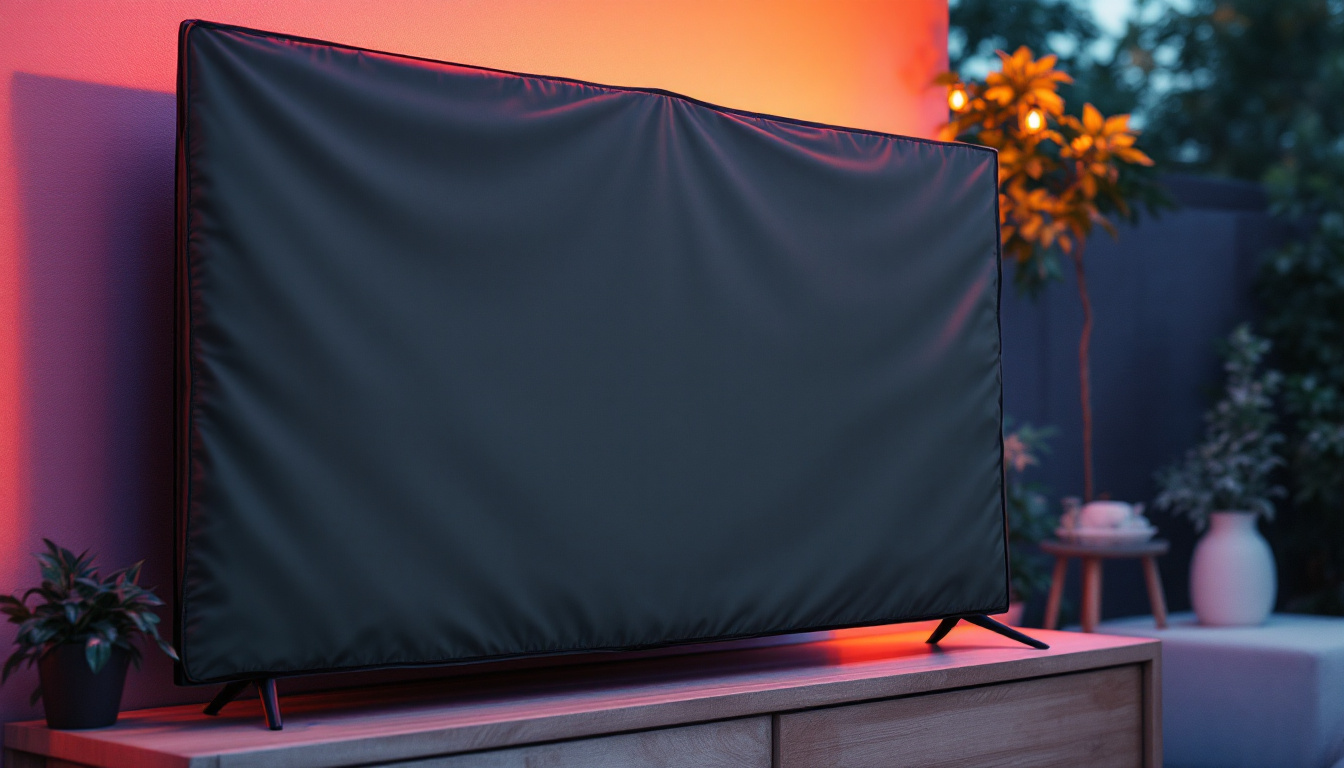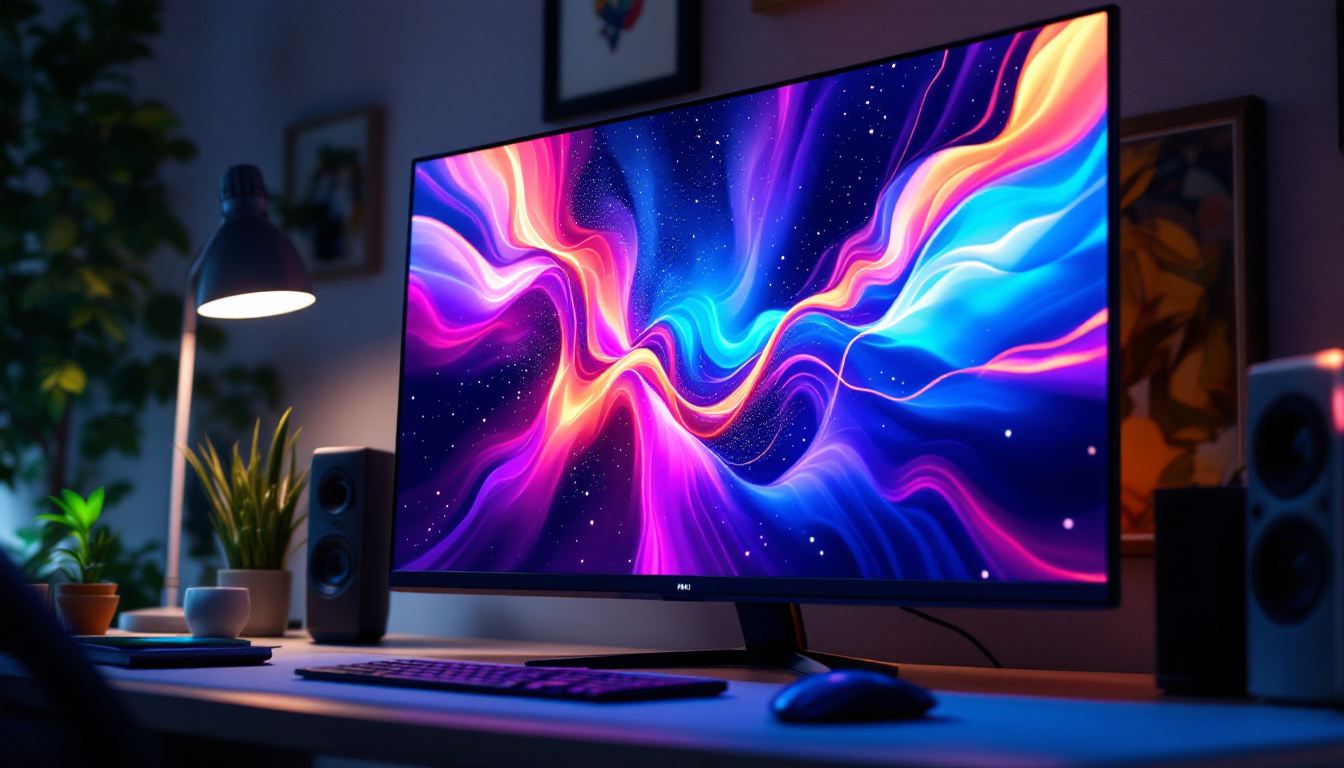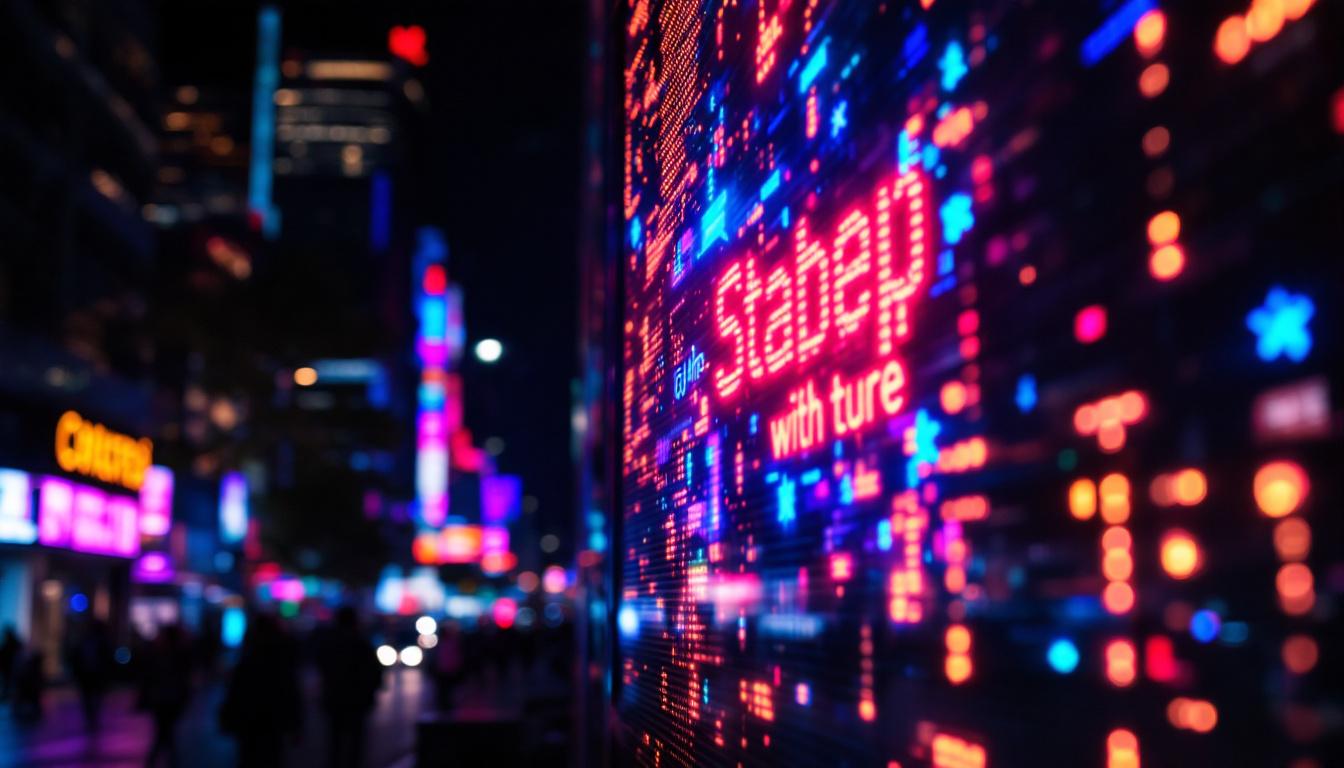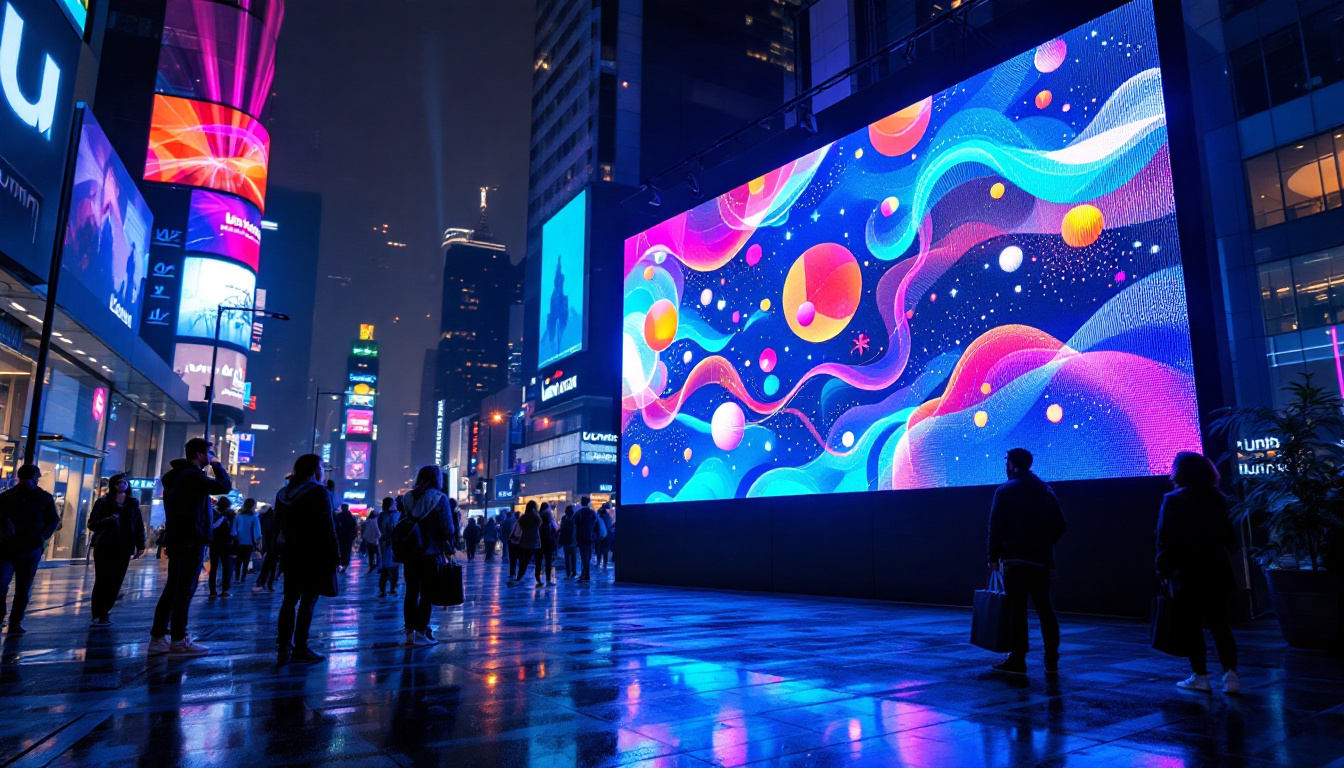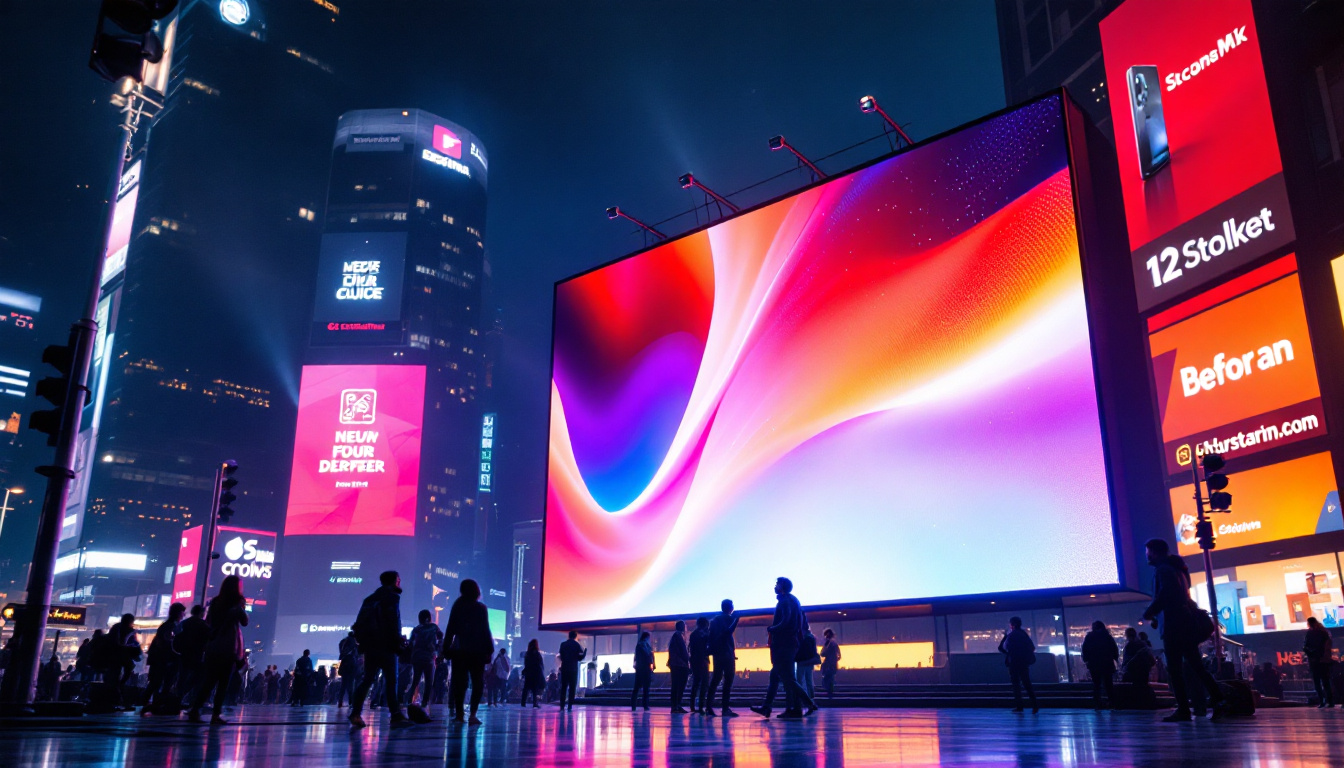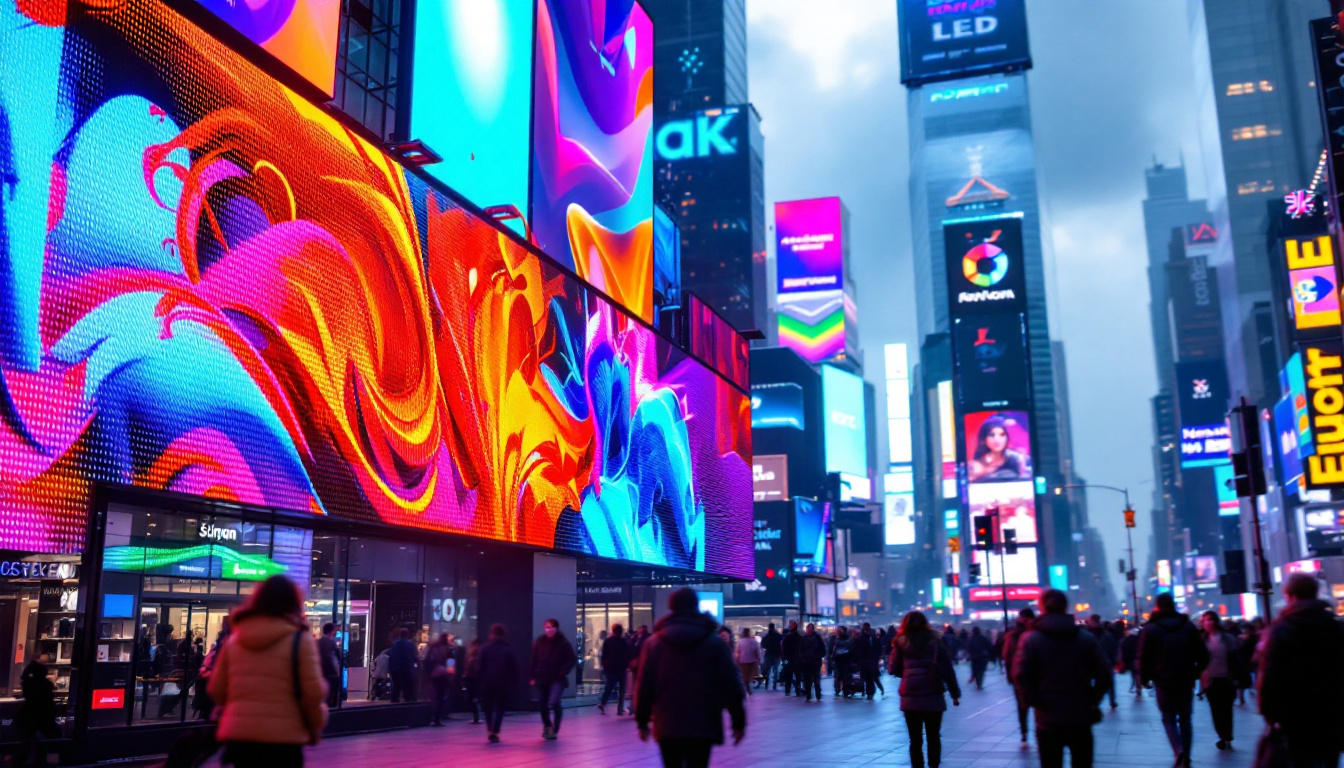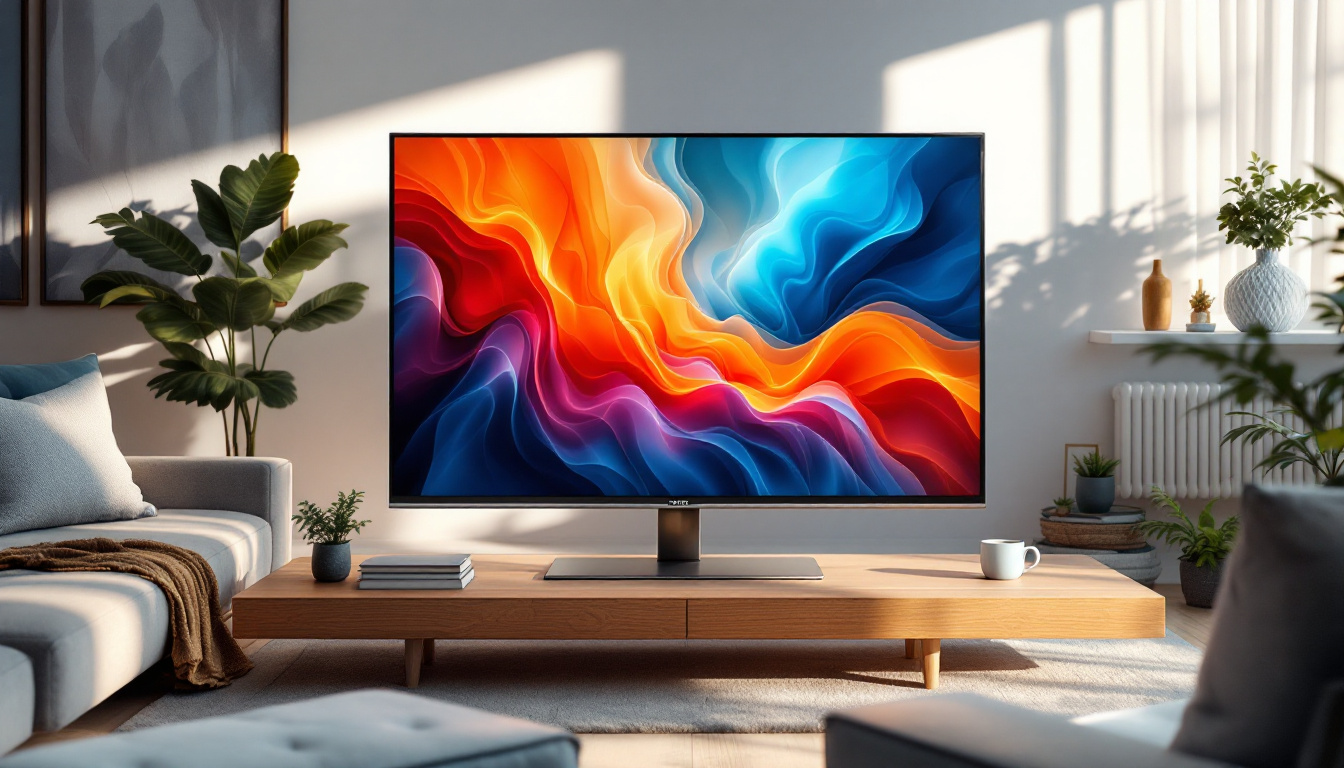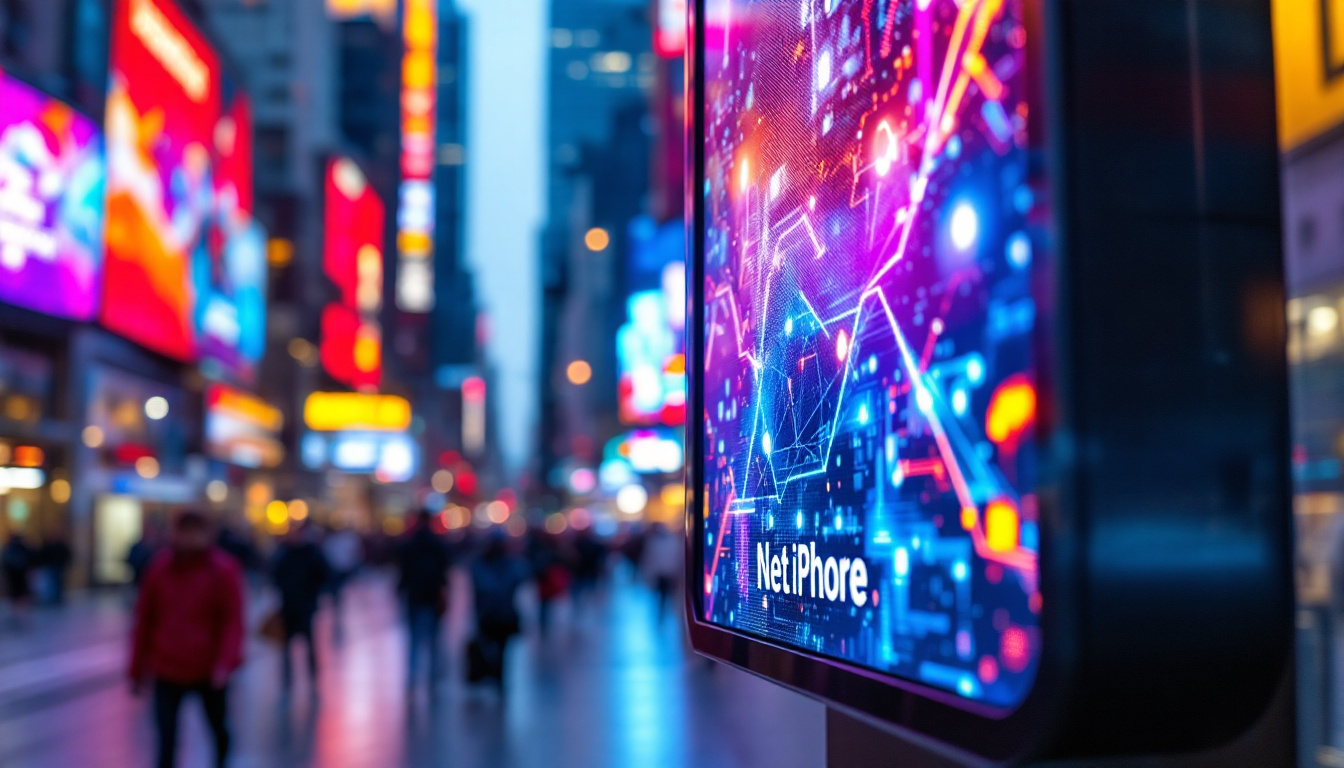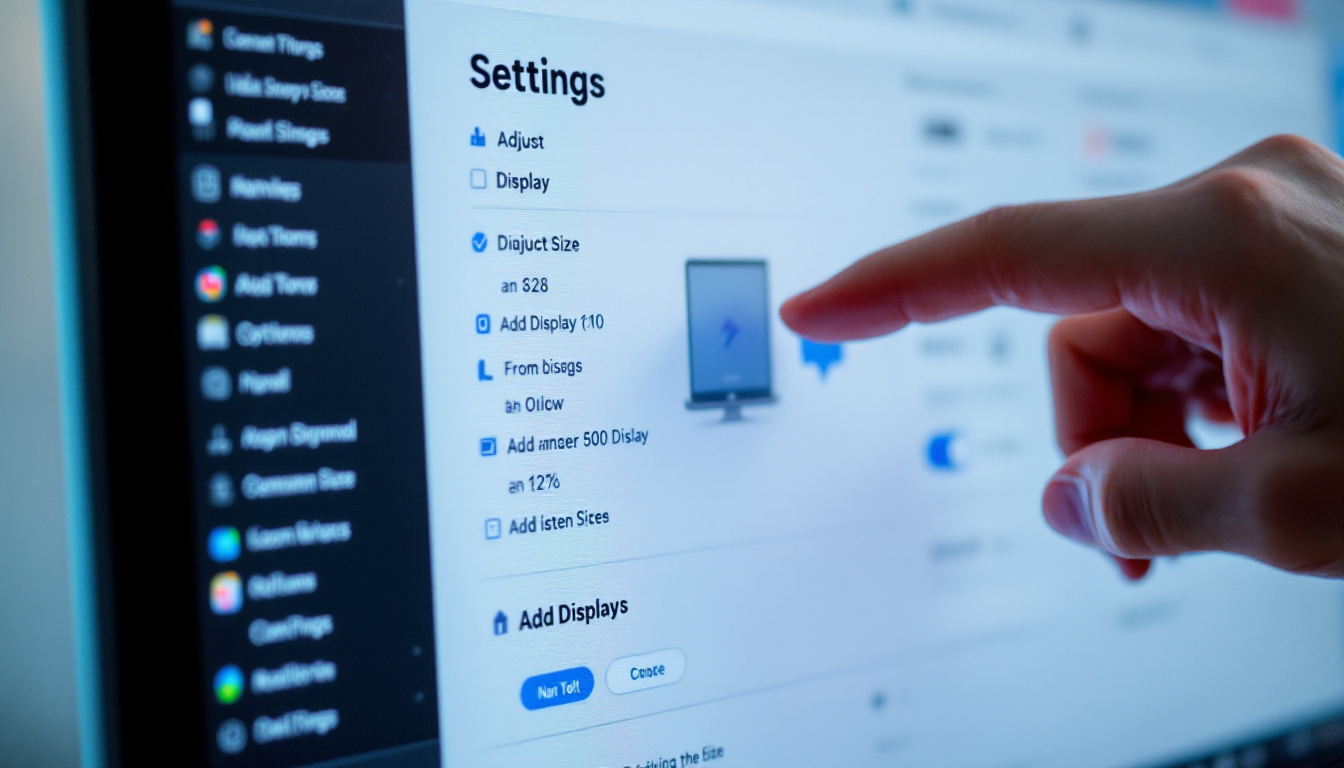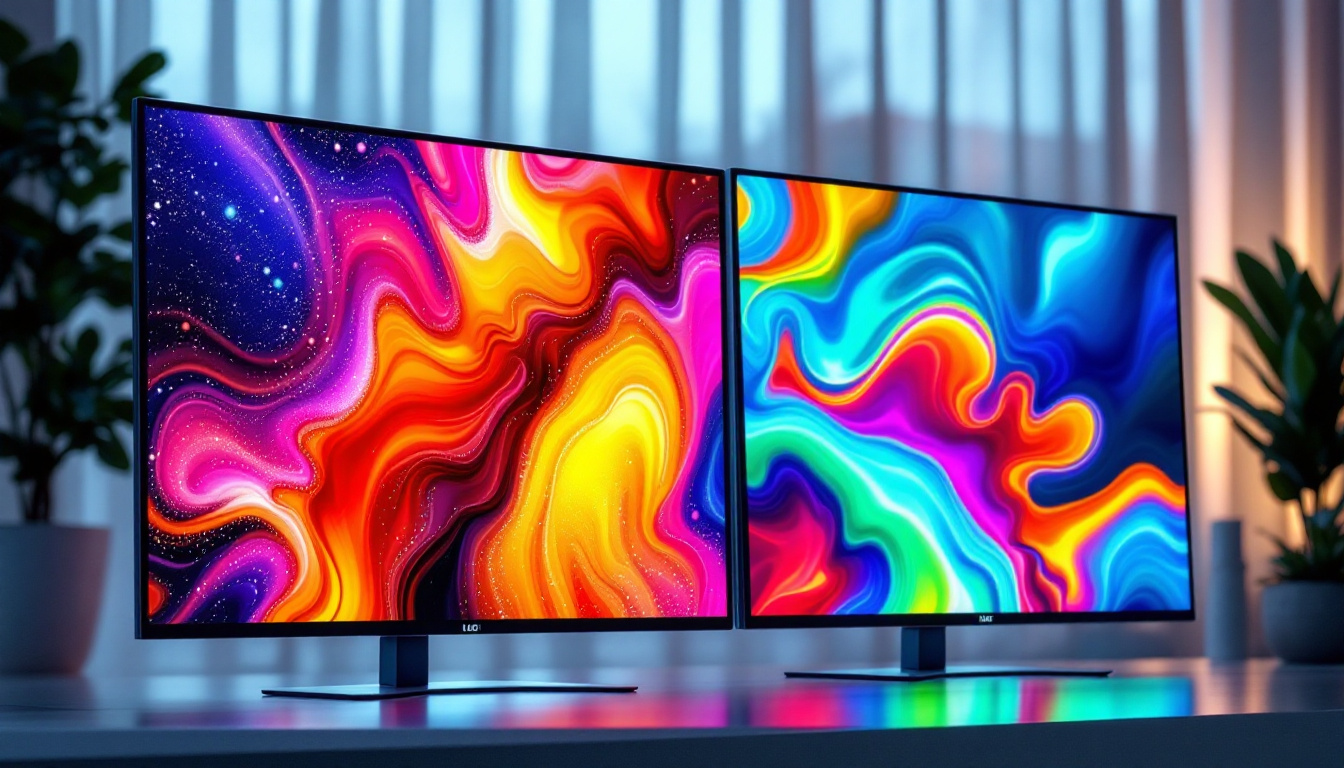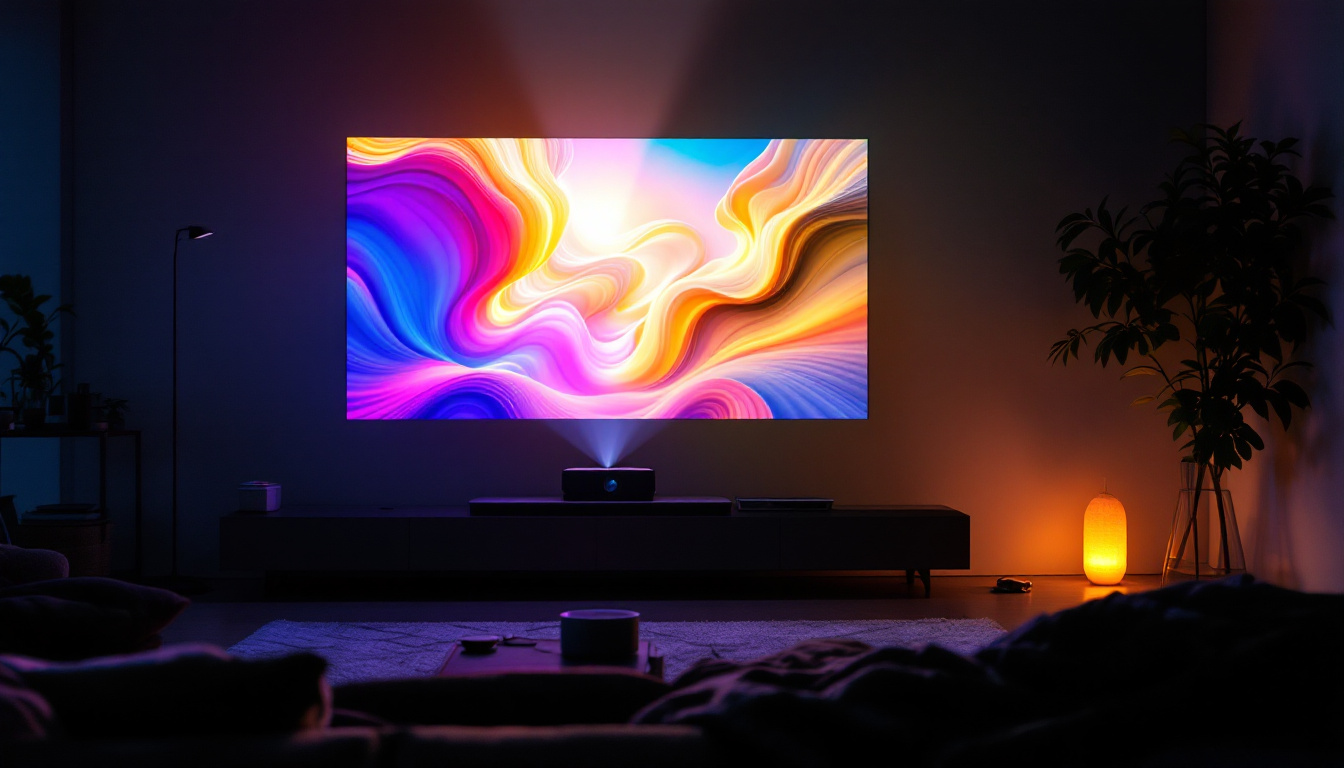In an era where technology is advancing at an unprecedented pace, the demand for innovative display solutions is ever-increasing. Among these, the LED transparent screen stands out as a remarkable fusion of aesthetics and functionality. This article delves into the intricacies of LED transparent screens, exploring their technology, applications, benefits, and future prospects.
What is an LED Transparent Screen?
LED transparent screens are a type of display technology that allows for high-quality visual output while maintaining a level of transparency. Unlike traditional LED displays, which are opaque, these screens enable viewers to see through them, making them ideal for various applications where visibility is paramount. This innovative technology has gained traction in environments such as retail spaces, museums, and even architectural installations, where the integration of digital content with the physical environment enhances the overall experience.
How They Work
At the core of an LED transparent screen is a matrix of tiny LED lights that emit light when electricity passes through them. These LEDs are arranged in such a way that they can display images, videos, and graphics while still allowing light to pass through. The transparency level can vary, typically ranging from 30% to 85%, depending on the design and application. This flexibility allows designers to choose the right balance between visibility and digital display, tailoring the screen to specific environments and user needs.
The technology behind these screens often incorporates advanced materials and engineering techniques. Most commonly, they use a mesh-like structure that minimizes the amount of material blocking light, thus enhancing transparency. This unique design allows for a seamless blend between the digital and physical worlds, creating an immersive experience for viewers. Additionally, the screens are often equipped with sensors that adjust brightness and contrast based on ambient light conditions, ensuring optimal visibility at all times, whether in bright daylight or dimly lit environments.
Key Components
Several components contribute to the functionality of LED transparent screens. These include:
- LED modules: The building blocks of the display, these modules contain the individual LEDs that produce the images.
- Control System: This system manages the input signals and ensures that the correct images are displayed in real-time.
- Frame Structure: The framework holds the LED modules in place while maintaining the screen’s transparency.
In addition to these primary components, LED transparent screens often feature advanced cooling systems to prevent overheating, ensuring longevity and consistent performance. The integration of smart technology also allows for remote management and updates, enabling businesses to change their displays effortlessly. Furthermore, the lightweight nature of these screens makes them easier to install and reposition, providing flexibility for dynamic environments where layouts may frequently change.
The applications of LED transparent screens are continually expanding, with innovative uses emerging in advertising, art installations, and even automotive design. For instance, in retail, brands can use these screens to showcase products while maintaining an unobstructed view of the store’s interior, creating a captivating shopping experience. In museums, they can display information about exhibits without detracting from the physical artifacts, enhancing educational engagement without compromising the aesthetic appeal of the space.
Applications of LED Transparent Screens
LED transparent screens are versatile and can be utilized in various sectors. Their ability to display high-quality visuals while allowing light to pass through makes them particularly appealing for modern architectural and advertising solutions.
Retail and Advertising
In the retail sector, LED transparent screens are revolutionizing the way brands engage with consumers. These screens can be installed in store windows, allowing passersby to see products displayed behind the screen while simultaneously showcasing advertisements or promotional content. This dual functionality captures attention and enhances the shopping experience.
Moreover, brands can create dynamic and interactive campaigns that respond to customer behavior, further increasing engagement. The transparency of the screens ensures that the physical products remain visible, maintaining the aesthetic appeal of the store. For instance, a fashion retailer might use these screens to display a video of a runway show while showcasing the latest collections behind it, creating a captivating visual narrative that draws customers in.
Additionally, the ability to change content easily allows retailers to keep their displays fresh and relevant, adapting to seasonal promotions or new product launches without the need for extensive physical changes to the store layout. This adaptability not only saves time and resources but also keeps the shopping environment vibrant and engaging, encouraging repeat visits from customers eager to see what’s new.
Architectural Design
Architects and designers are increasingly incorporating LED transparent screens into their projects. These screens can be used in building facades, allowing natural light to filter through while providing a canvas for artistic displays. This application not only enhances the visual appeal of structures but also contributes to energy efficiency by reducing the need for artificial lighting during the day.
Additionally, LED transparent screens can be integrated into interior designs, serving as partitions or decorative elements that can change appearance based on the content displayed. This flexibility allows for a dynamic environment that can adapt to different moods or events. For example, a corporate office might use these screens to display motivational quotes during the day and switch to serene nature scenes in the evening, creating a calming atmosphere for employees as they wind down after a busy workday.
Furthermore, the innovative use of LED transparent screens in architectural design can also foster community interaction. Public spaces can utilize these screens to showcase local art, events, or even live performances, turning buildings into living canvases that reflect the culture and vibrancy of the surrounding area.
Transportation Hubs
Airports, train stations, and bus terminals are increasingly adopting LED transparent screens for information displays. These screens can provide real-time updates on schedules, directions, and other important information while still allowing travelers to see through to the outside or to other areas of the terminal.
The use of transparent screens in these settings not only improves the flow of information but also enhances the overall travel experience by creating a more open and inviting environment. With the ability to display multilingual information, these screens cater to a diverse audience, ensuring that all travelers can navigate their journeys with ease.
Moreover, integrating LED transparent screens into transportation hubs can also serve as a platform for advertising local businesses, events, and attractions, enriching the travel experience further. For instance, a traveler waiting for their flight might catch a glimpse of a nearby restaurant’s special offer or a local festival happening that weekend, potentially influencing their plans and encouraging exploration of the area.
Benefits of LED Transparent Screens
The advantages of LED transparent screens extend beyond their aesthetic appeal. They offer a range of benefits that make them an attractive option for businesses and organizations.
Enhanced Visibility
One of the primary benefits of LED transparent screens is their ability to maintain visibility. Unlike traditional displays, which can obstruct views, transparent screens allow light to pass through while still delivering vibrant visuals. This feature is particularly valuable in retail and architectural applications, where maintaining a connection to the outside world is essential.
Energy Efficiency
LED technology is known for its energy efficiency, and transparent screens are no exception. They consume less power compared to conventional displays, making them a more environmentally friendly option. Additionally, their transparency can reduce the need for artificial lighting during the day, further contributing to energy savings.
Customizability
LED transparent screens can be customized to fit various shapes and sizes, allowing for creative freedom in design. Whether it’s a large-scale installation on a building facade or a smaller screen in a retail environment, these displays can be tailored to meet specific needs. Furthermore, businesses can easily update the content displayed, ensuring that messaging remains relevant and engaging.
Challenges and Considerations
While LED transparent screens offer numerous benefits, there are also challenges and considerations that need to be addressed. Understanding these factors can help organizations make informed decisions when implementing this technology.
Cost Implications
The initial investment for LED transparent screens can be higher than traditional displays. This cost is often attributed to the advanced technology and materials used in their construction. However, many organizations find that the long-term benefits, including energy savings and enhanced customer engagement, can outweigh the upfront costs.
Viewing Angles and Brightness
Another consideration is the viewing angles and brightness of the screens. While LED transparent screens can deliver vibrant visuals, their effectiveness can vary based on the ambient light conditions. In brightly lit environments, it may be necessary to adjust the brightness levels to ensure visibility. Proper placement and orientation are crucial to maximizing the impact of these displays.
The Future of LED Transparent Screens
The future of LED transparent screens looks promising, with ongoing advancements in technology and increasing adoption across various industries. As manufacturers continue to innovate, we can expect to see improvements in transparency levels, resolution, and energy efficiency.
Integration with Smart Technologies
As smart technologies become more prevalent, the integration of LED transparent screens with IoT (Internet of Things) devices is likely to increase. This integration can enable interactive displays that respond to user inputs or environmental changes, creating a more engaging experience. For instance, screens could adjust their content based on the time of day or the number of people in a space.
Expanding Applications
The applications for LED transparent screens are expected to expand beyond retail and architecture. Industries such as entertainment, education, and healthcare are beginning to explore the potential of these displays. For example, in healthcare settings, transparent screens could be used to provide information to patients while maintaining a clear view of the surrounding area.
Environmental Considerations
As sustainability becomes a more pressing concern, the development of eco-friendly materials and manufacturing processes for LED transparent screens is likely to gain traction. Companies are increasingly focusing on reducing their environmental impact, and innovations in this area could lead to even more efficient and sustainable display solutions.
Conclusion
LED transparent screens represent a significant advancement in display technology, offering a unique combination of visibility, energy efficiency, and aesthetic appeal. Their versatility allows for a wide range of applications, from retail and advertising to architectural design and transportation hubs. While challenges exist, the benefits and future potential of these screens make them an exciting option for businesses and organizations looking to enhance their visual communication.
As technology continues to evolve, LED transparent screens are poised to play a crucial role in shaping the future of display solutions. Their ability to seamlessly integrate into various environments while delivering high-quality visuals ensures that they will remain at the forefront of innovative display technology for years to come.
Discover the Future of Visual Display with LumenMatrix
Ready to elevate your space with cutting-edge LED display technology? LumenMatrix is at the forefront of creating immersive environments through innovative LED solutions. From vibrant Indoor and Outdoor LED Wall Displays to dynamic Vehicle and Sports Displays, our extensive range caters to every need. Experience the transformative power of our LED Transparent Displays and captivate your audience like never before. Don’t miss the opportunity to redefine visual communication for your business. Check out LumenMatrix LED Display Solutions today and step into the future of display technology.



